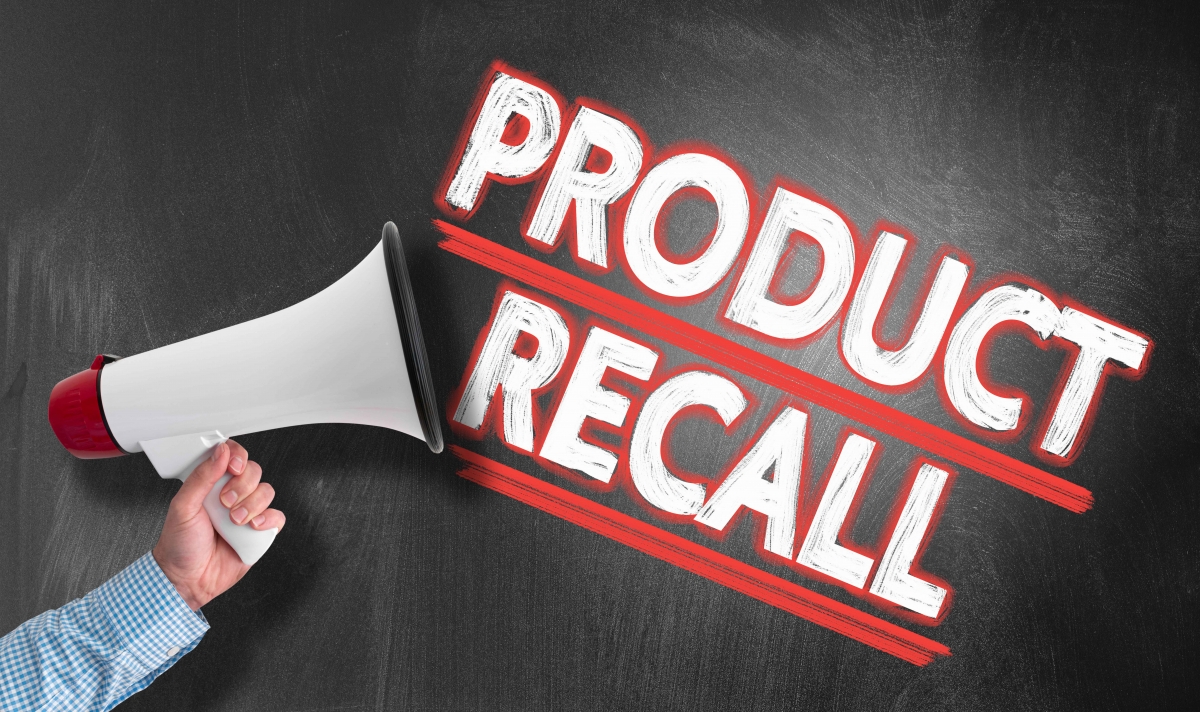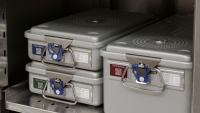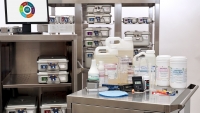Product Recall
We learned this afternoon that a company providing sterile water and 0.9% sodium chloride solutions for irrigation were recalled due to a potential lack of sterility assurance. The compromised sterile barrier was identified during routine testing. In populations at risk, including patients that are immunocompromised, the use of affected product could result in potentially life-threatening reactions. A compromised sterile barrier is of concern in general when kits are repackaged and in sterilization containers with wet loads and with wrapped trays when moisture is found inside and out. In fact, water or moisture in a sterile package is a breeding ground for microorganisms. Wet loads are viewed as a failure in process and an adverse event to be investigated.
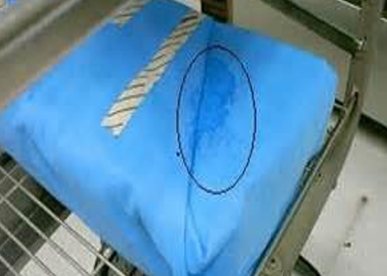
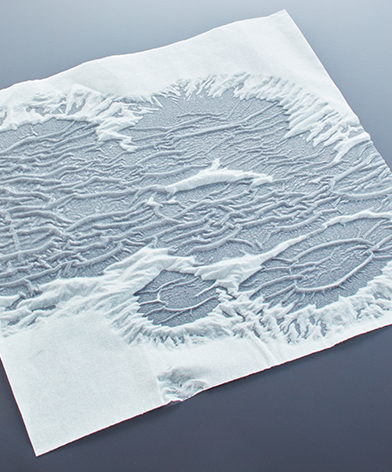
Don't be fooled when others say wet loads are okay.
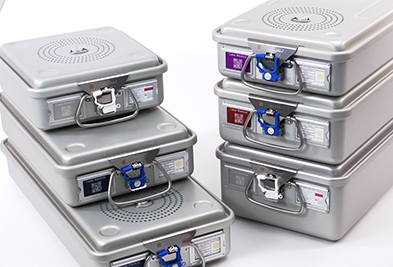
Marcia Frieze and the Case Medical team
Case Medical is a US EPA Safer Choice Partner of the Year and supports best pratices and patient safety.


